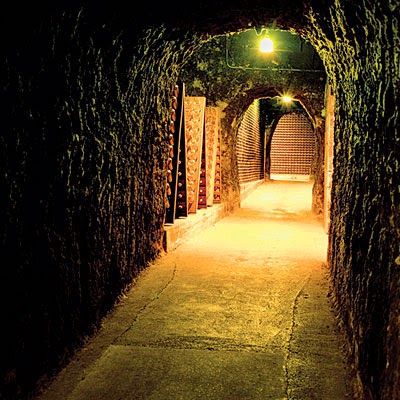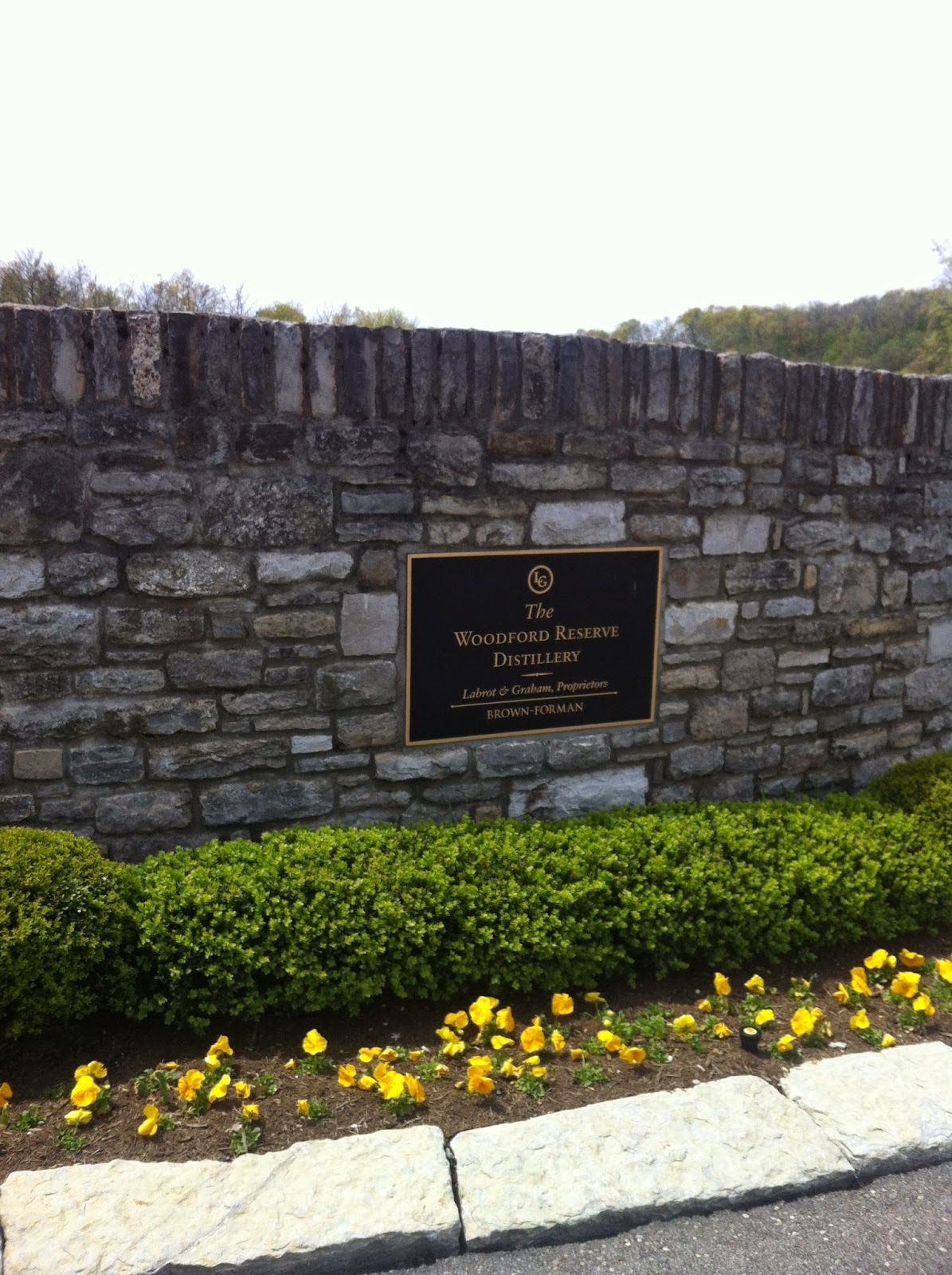"One brewery, one name, one beer...Orval"
This trappist brewery Brasserie d'Orval is located within the walls of the Abbaye Notre-Dame d'Orval in the southeastern nook of the Gaume region of Belgium. The beer was first made in 1931 and is produced by a unique strain of yeast. The beer is amber in color with a nose of herbs and vegetables and soft aromatic spices. The palate is vegetal with mandarin zest, hints of olives and small champagne-like bubbles that lead to a lingering bitterness finish.
So what exactly is a Trappist monastery?
In 1997, eight Trappist abbeys founded the International Trappist Association (ITA) to prevent non-Trappist commercial companies from abusing the Trappist name. The private association created a logo that is assigned to goods (beer, cheese, wine, etc.) that respect particular criteria. In the case of beer all the following must be adhered to:
- The beer must be brewed within the walls of a Trappist monastery, either by the monks themselves or under their supervision.
- The brewery must be secondary importance within the monastery and it should witness to the business practices proper to a monastic way of life.
- The brewery is not intended to be a profit-making venture. The income covers the living expenses of the monks and the maintenance of the buildings and grounds. Whatever remains is donated to charity for social work and to help persons in need.
- Trappist breweries are constantly monitored to assure the irreproachable quality of their beers.
Sante
http://www.orval.be/en/


















